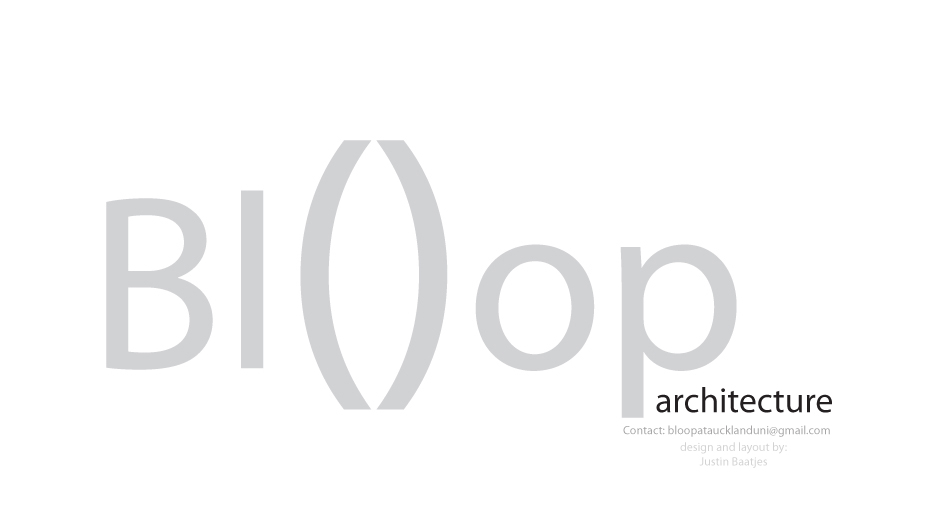Tuesday, October 26, 2010
Wednesday, October 6, 2010
Sunday, October 3, 2010
Component: Membrane: Module Template + Connections
Not much time left before the deadline! The cardboard template Eric is holding in his hands is at 1:1, this is most likely the template we will use to make the fabric modules. As you can see we are first using plastic to figure out a way to make the modules connect, the valcro we've been kindly given is from MODULIT; this is one of the ways we are thinking of making the connections. From there on we will create an efficient methodology for creating the actual pieces.
Thursday, September 30, 2010
Component: Base: MDF
We've purchased all the MDF we need to create the four quarters for our base. (Finally getting there :D)
Component: Balloons: Latex
So, we've got 1150 latex balloons ready to be used thanks to Debbie from Balloonatics in Albany Village, North Shore, also a big thank you for letting us use the balloon inflator free of charge, link to their website on the right. We managed to use Stacknit's scafolding as a temporary structure to gauge roughly how many balloons we can fit under our 2000x2000 area, 8M high. We used 150 balloons in the test, for the actual event, it looks like we will be needing to use 500 balloons.
Component: Base: Carpet Underlay
This is the stuff (carpet underlay) we will be using to create a soft cushiony feeling as you walk through the space. The problem with using this is that this will be the finish of the floor (textured), we will be using a coat of flat black spray paint to give the desired colour of the floor. The underlay is kindly supplied by Heather from 'carpetwest' in West Auckland, link on the right to their website. Thanks for the help Heather!
Component: Membrane: Design
Thinking in terms of the event's temporal nature, what we were thinking was to somehow recycle the fabric into something that people can re-use. Our membrane will be made of modular bag nets which can be disassembled and then formed into bags as above (NTS). The bag net will dictate how we proceed from here on in terms of making something with the membrane.
Tuesday, September 28, 2010
Component: Base: Construction
MDF wood for the base. Quite strong, held quite a few people. The pumps sit quite nicely. All going according to plan .....so far (dont jinx it)
Component: Membrane: Pleating
The top image shows how the balloons may be seen through the fabric. The bottom image shows a possible strategy for creating the layered effect: by pleating. By pleating the ends of the fabric we can have the effects of being layered.
Component: Membrane: Fabric
This is the fabric we bought for the membrane. 80m2. Its not the same as the sample we had, but its the closest we can get and produces the same effects when layered.
Component: Membrane: Conceptual Modelling
Exploring an idea whereby the membrane is made up of strips instead of one piece. We were thinking this would reduce the weight, (less surface area overall), also the idea of peeling these strips off as the night goes on to counter balance the issue of helium diffusing through the balloons. The strips would run underneath the base to give the overall appearance more unity, instead of each component sort of having their own identity. We tried using a sort of weving connection at the top where the strips would cross over. What the model is not successful in doing is showing the tension the balloons would create.
Saturday, September 18, 2010
Component: Base: Re-design + Schematics
The layout for the base has now been resolved. Basically, what we did was push all the pumps to the outskirts in order to have the centre assesible by the people. The podium brought up the questions of staying true to what we started with (the experience of bursting the balloons and the effects of the falling feathers). It was felt that the podium was something of excess and was not needed, what we needed to do was design with what we had, not add anything on. See the drawing for the amendmants made in regard to pump layout, pump networking, and movement within the space.
Wednesday, September 15, 2010
Component: Rocket: Parachute fundamentals
This video shows how to make a small parachute for use with small objects. It also explains the fundamental principles as to why parachutes fall the way they do.
Tuesday, September 14, 2010
Quantifying feathers per balloon
In order to quantify the amount of feathers that the helium would be able to support without hindering its lift performance, we filled glad plastic bags in 1/2, 1, 2 bag fulls. What we found was that 1/2 bag would do the job, anything more (1), then the balloon would not rise at all.
Subscribe to:
Posts (Atom)
.jpg)















.jpg)

































